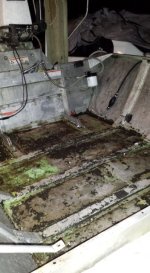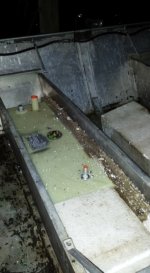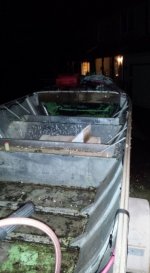AstoriaDave
New member
- Joined
- Oct 31, 2005
- Messages
- 994
- Reaction score
- 0
you are welcome. Those guys are just leavening the mix. My mind wanders some, also.starcrafttom":rrk24g56 said:Dave and Bob, thank you for your advice. Don't let the consent distractions of aging , wondering minds throw you off. I do appreciate the help :wink:
BTW, first deck panel you glass, be good to have someone on board who has done it before. Most folks make their epoxy batches too big and let them sit in the mixing pot, leading to an exotherm in the resin and it goes off. You have probably seen this with polyester resin from working with it before. I usually stick with 4 oz plus 2 oz to make 6 oz batches maximum, and pour it all out on the glass covered panel, then squeegee it around until the glass is wetted out and the resin coat is uniform. Others like to use rollers, which is good for the resin when it is thin, before it starts to harden. The S3 epoxy book has a lot of good tips in it.






